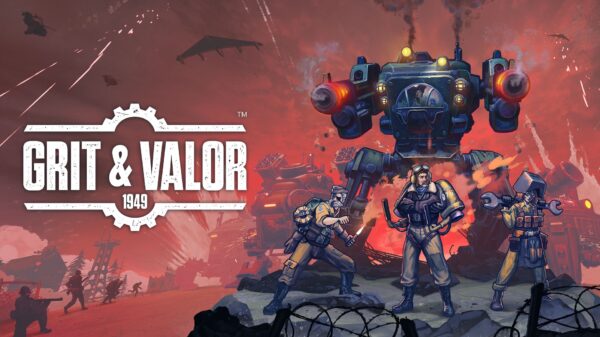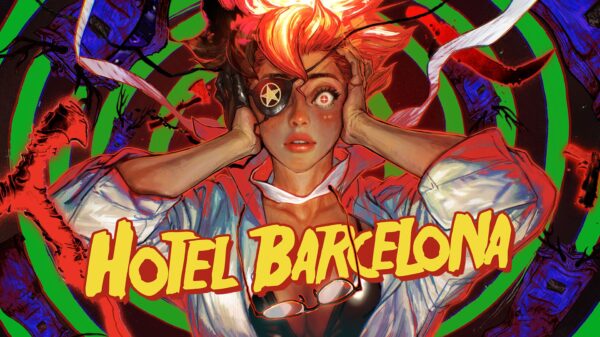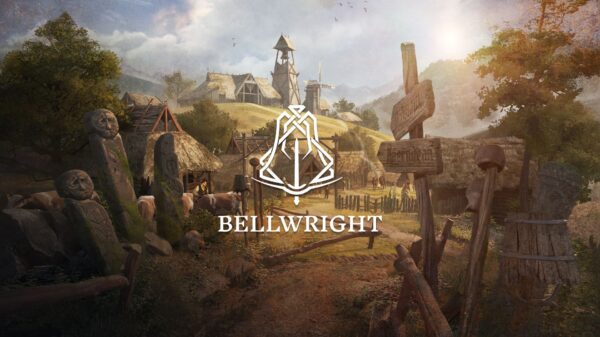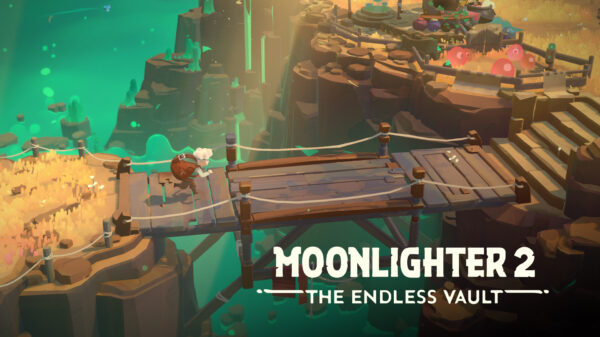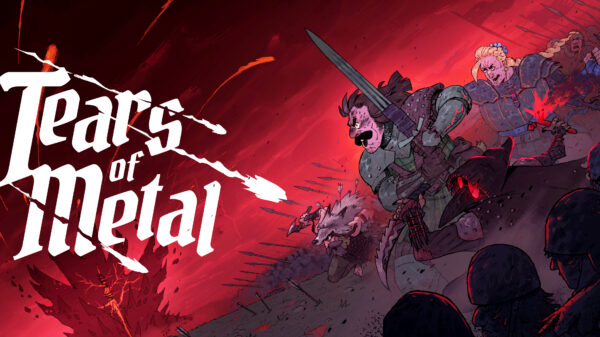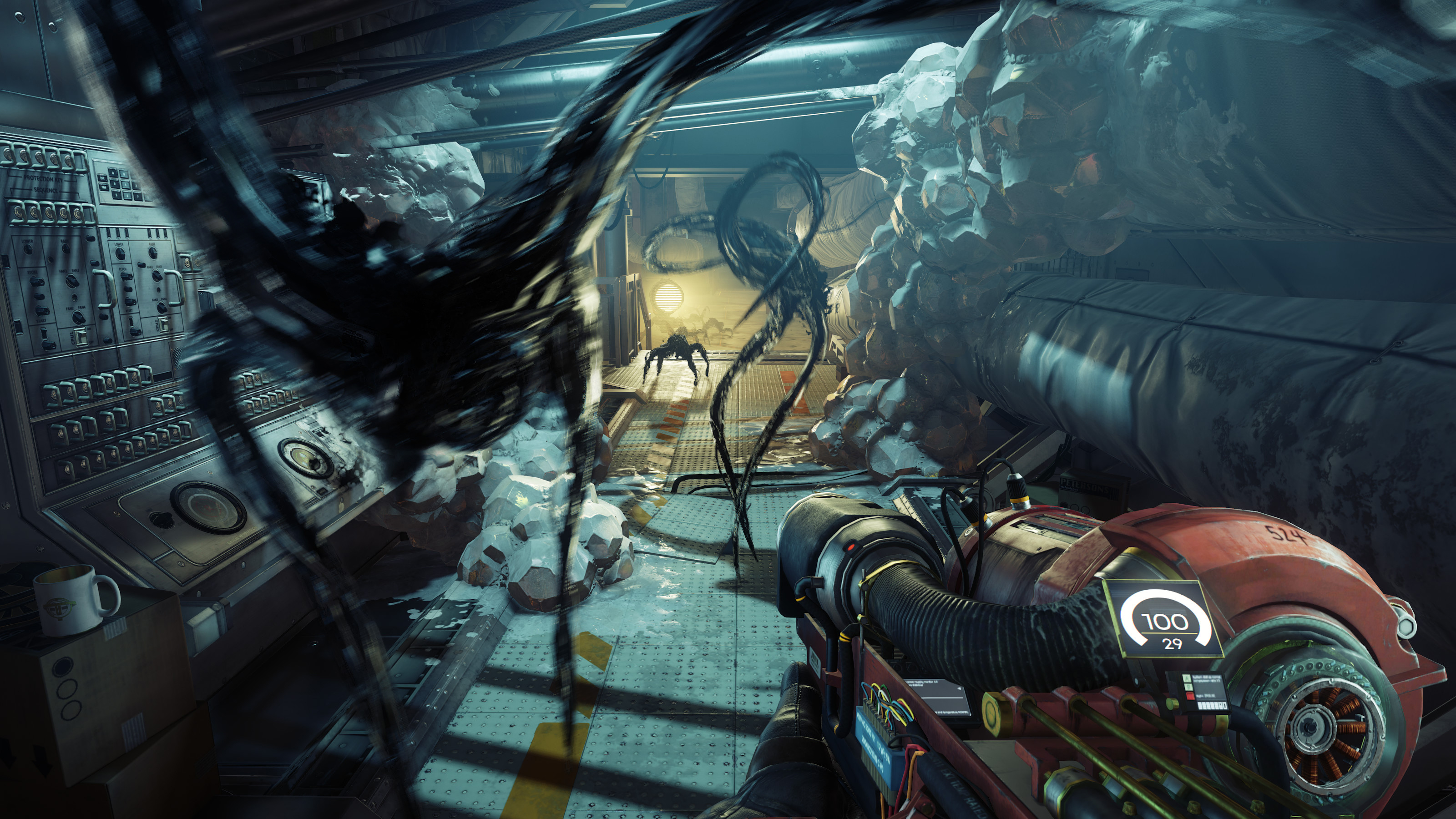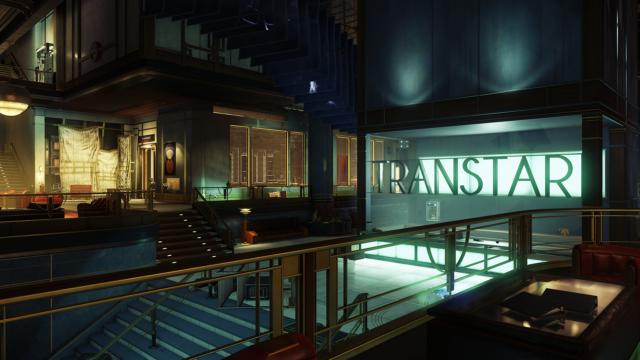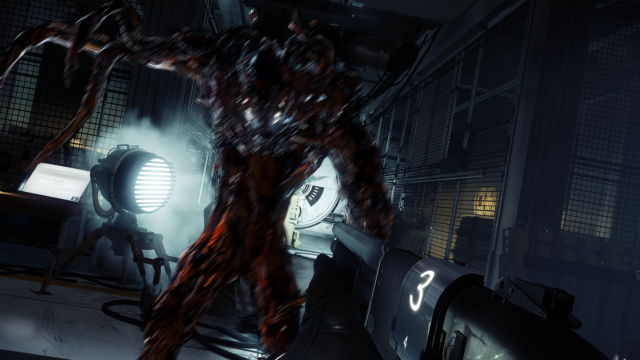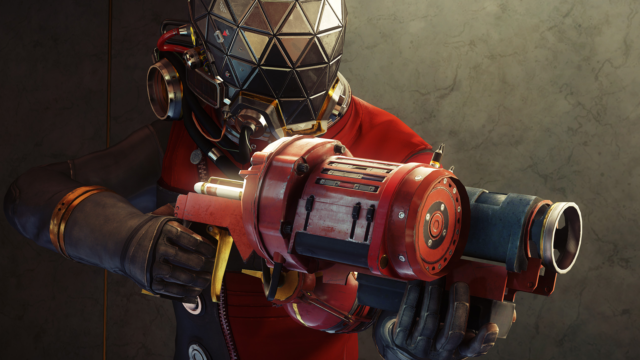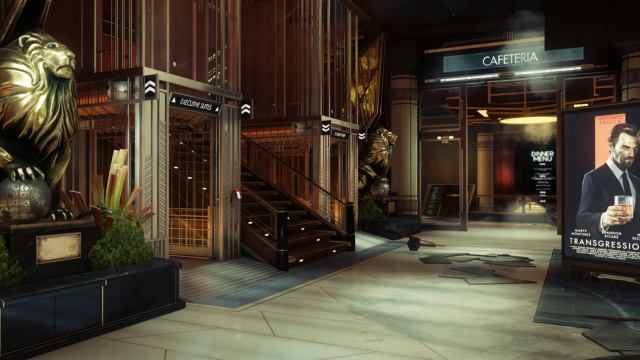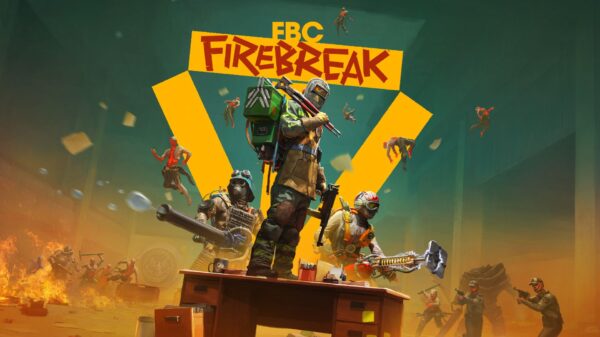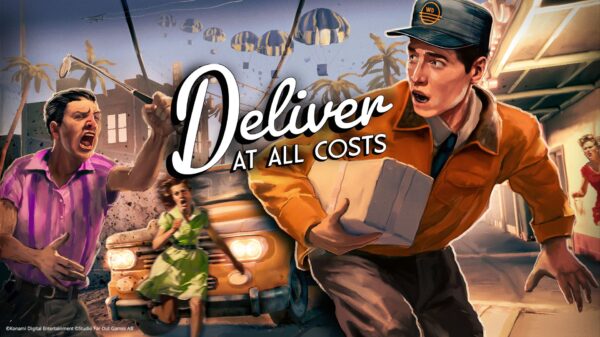When I backed away from the demo station, I didn’t how to process my time with Arkane Studios upcoming sci-fi game, Prey. The demo, which I played at a recent press event at the Andaz Hotel in West Hollywood, felt familiar to the studio’s other franchise, Dishonored. Its emergent gameplay and striking look was a reminder that I was playing an Arkane game. For some people, that familiar territory may not be enough for them to gravitate towards Prey. And for those that played the original Prey, by Human Head Studios in 2006, don’t expect this new game to be a sequel. It’s hardly a reboot, just two games that share the same name. But when I began to consider its presentation in terms of art and story, I noticed something hidden behind the game’s many moving parts. There’s a layer to Prey that I couldn’t quite narrow down.
The demo began with Morgan Yu, Prey’s protagonist, as he wakes up in his apartment. After I milled around in his place for a bit, I headed to the TranStar facility. At the facility, Morgan undergoes a few tests, which serves as the game’s basic tutorial. That’s when all hell breaks loose with the introduction of a Mimic, one of the many Typhon aliens players will fight in Prey.
After the brief encounter, Morgan wakes up again in his apartment, to find the nightmare he experienced was very much real. But the twist lies right outside his window overlooking the city below. One swipe at the window reveals his entire reality to be a sham. His memory, apartment and the tests were all part of an experiment conducted by TranStar on the space station Talos-1 to alter humanity.
The shattering of Morgan’s reality is not a one-off thing. It’s Prey’s central theme, at least in the opening hour of the game. Morgan is tasked with not just survival, but discovering his true identity and uncovering the mystery of the Typhon. “I think it’s one of our fundamental premises in the game, and something our creative director [Raphael Colantonio] was pushing from very early on,” Ricardo Bare, lead designer behind Prey said. “He wanted a lot of mind-bending stuff going on.”
People familiar with Arkane Studios’ style of game will be able to jump into Prey with ease. It plays similar in a lot of ways to the Dishonored series. But don’t expect Prey to have a big push towards stealth. “It would be fair to describe Dishonored as a stealth game,” said Bare, “whereas, I would describe Prey as a game with stealth.” Stealth is only an option, as Prey is built around a wider scope.
For starters, it uses a skill tree system for players to dictate the style of game they want to play. You can put points into Scientist, Engineer or Security trees. Each tree is broken up into smaller branches that can be upgraded with more points. During the demo I chose the Leverage skill within the Engineer set. It allowed me to pick up heavy objects to clear paths or throw at enemies. Players will need to find Neuromods in the game to gain points for their upgrades. There are also alien powers but I didn’t get a chance to see any of those during my time with the game.
The level design and gameplay is meant to work off each other, allowing players to play how they want. If you come upon a locked door, you can find a key or search for an alternate route. There’s an alternative way to do any given action in Prey. That’s what emergent gameplay does, and Arkane has built their games around that style with success. But I’m weary of the use of a skill tree in this game, much like I was with Dishonored 2. As soon as you favor one branch over another, you run the risk of walling yourself off from an opportunity.
Since I decided to go with Leverage, I missed the chance to hack through some of the doors and computers. And if I overlook any of the Neruomods scattered through the levels, then I won’t have enough points to try out the different skill sets. That give and take can get in the way of my own creativity when playing these types of games.
Thankfully there are a lot of weapons and gadgets that you can play around with. In the demo I got my hands on a wrench, a pistol, a shotgun and my favorite, the Gelifoam Lattice Organism Obstructor, or GLOO Cannon for short. The GLOO Cannon is probably one of the best early examples of letting players experiment in Prey.
In one fight with a Phantom, a humanoid like Typhon, I hit it twice with a shotgun. I only managed to take its health half way down and had two shots left. With the GLOO Cannon I was able to immobilize it with its glue-like substance (hence the acronym). Then I finished it off with my wrench and carried on with my objective.
There was no hint or guidance on how I fight the Phantom. I simply did what I thought would be fun and make the most sense in that given situation. Prey is flexible in that way and I think with more skills, weapons and the eventual alien powers at my disposal, there’s a lot of fun and creativity to be had.
Prey’s presentation and art design stood out to me the most because it fed into the gameplay and story in a great way. The UI is slick and unobtrusive; much like it was in the Dishonored series. When you do need to crack open a menu or inventory screen you’ll find it’s easy to navigate. There’s a Favorite’s Wheel, which allows you to quickly see all your weapons and gadgets. There’s even a quick loot menu that allows you to grab items off of corpses without having to open up a separate menu, although the option is avilable. Bare said they took the idea from Fallout 4, which had a similar UI for looting.
Talos-1 is crafted with a lavish 1960’s deco style, separating itself from your typical modern sci-fi art direction. It has a dream-like sense to it, which helps highlight Morgan’s missing memory as he tries to piece together his old life. As mentioned before, there’s a bit of mind bending going on to illustrate the mystery shrouding Talos-1. It’s evident in the design of the Typhon, which has a creepy look despite lacking many features. “[The aliens’] shapes are black and smoky and amorphous because we want them to feel enigmatic and unknowable,” Bare said. In terms of gameplay, the Mimics moved around franticly. It made them tough to hit, but not in a way that left me feeling frustrated. I enjoyed the Typhon as an enemy and look forward to seeing their different forms in the final game.
Some more notes from the demo:
- There are survivors across the station who can be saved through the use of a Security Workstation. Anyone who is saved will be brought back to the Main Lobby, which acts as a HUB area, and can give you side quests.
- Be on the lookout for Operators, which are floating robots that aid Morgan on his journey.
- You’ll be able to leave the station and walk along the exterior. The entire exterior of the ship is open to Morgan to explore.
- The more alien powers you use, the more the Talos-1 security systems will perceive you as a threat.
- There are status effects, like poisoned or shocked.
- There’s an enemy called the Nightmare that will chase you down and give you fear, which disrupts your screen and movement.
- There are multiple endings to the game, which are affected by how you treat survivors. Not clear on what else will affect the outcome of the game.
Prey is an Arkane Studios game at its core. The first hour delivered everything you expect from emergent gameplay. The environmental storytelling is also effective, another trait Arkane is known for. But if the Dishonored series didn’t grab you, then you may need to dig deeper into Prey to find its hooks. There’s a lot promised based on my time with the demo. And beneath all of that lies a layer to the game I think will distinguish itself from Dishonored but what that layer is remains a mystery to me. Many of the features promised so far will need to come together for the final game to uncover its own identity when it releases May 5, 2017 for PC, PlayStation 4 and Xbox One.
Check out the video below to get a longer look at Prey’s intro:

